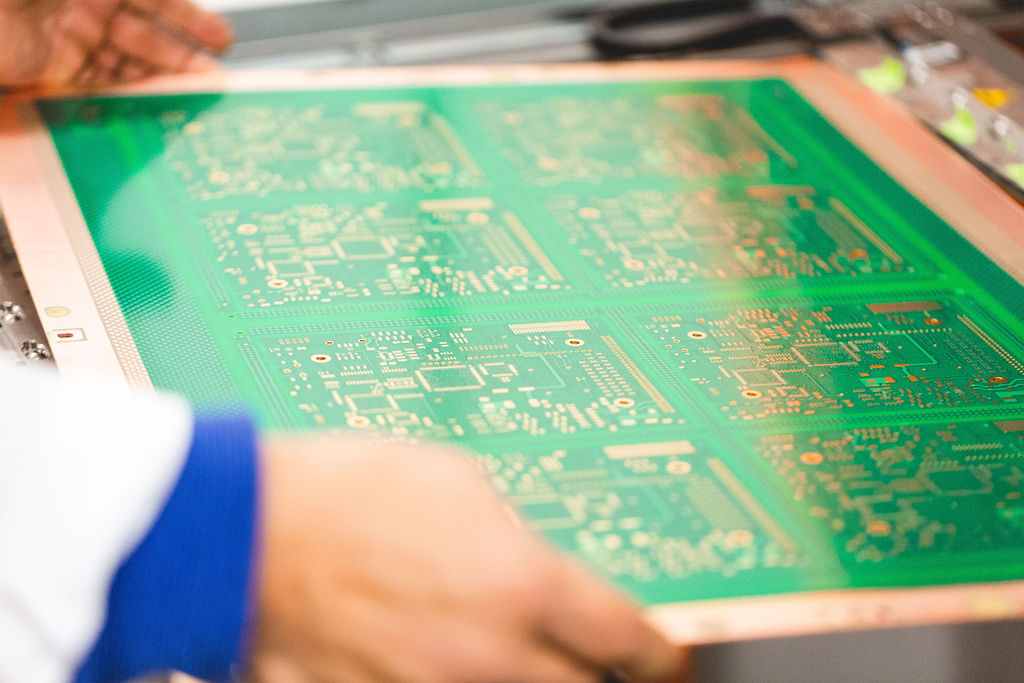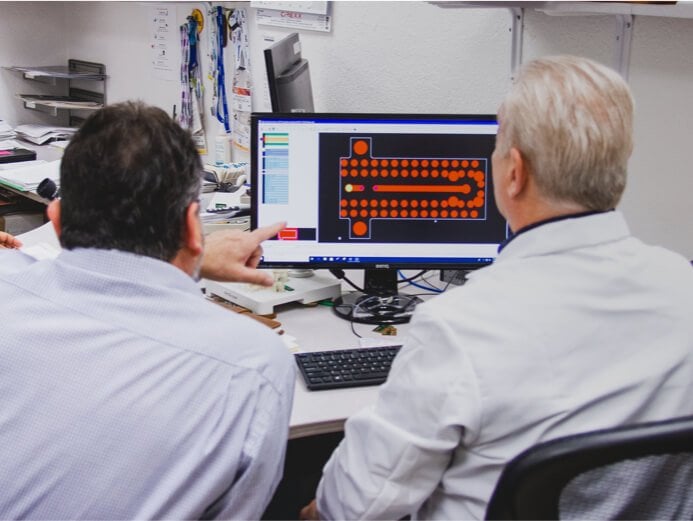What Is Buried Capacitance?
A capacitor is a device or electrical component that stores electrical energy, similar to a miniature battery. Its purpose is to keep the microprocessor — the electrical circuits that house all the central functions — powered so that there is no delay when pushing the “on” button in any electrical application.
A circuit board without a capacitor will take longer to start up, as it will take longer for the electricity to make its way through the circuits.
Buried capacitance technology incorporates a very thin dielectric layer that provides distributive decoupling capacitance. This can increase the performance of printed circuit boards via improved signal integrity.
The “buried” component of the technology refers to the separation that causes the capacitance to occur below the first layer of the board where the microprocessors are located.

